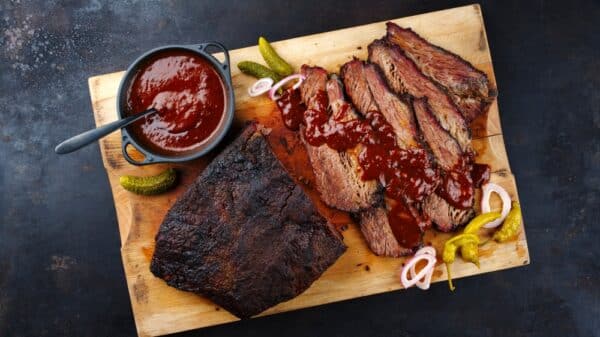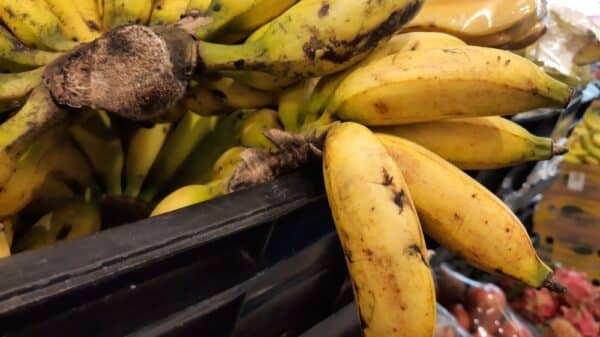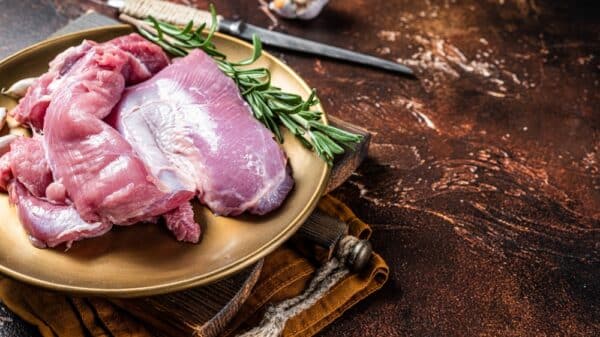Projections for grocery costs paint a concerning picture—over the past four years, food prices have surged by an astonishing 30% (as reported by Forbes). It’s little wonder that this issue loomed large during the 2024 presidential campaign. President-elect Donald Trump has pledged to address the burden of high grocery bills and aims to introduce tariffs on imported goods, suggesting a hefty 25% tariff on items from Canada and Mexico, along with a 10% tariff on imports from China. These measures were even touted during the campaign with proposals for a staggering 60% tariff on certain products.
Now, you might be thinking, “How do tariffs actually affect what I pay at the store?” At their core, tariffs are taxes imposed on goods brought into the country. While they are often justified as a way to support American farmers and producers, the reality can be quite different. Businesses hit with these tariffs often pass those extra costs right on to you, the consumer. Given that a significant portion of our grocery essentials—think fruits, veggies, meats, coffee, and more—come from places like Canada, Mexico, and China, shoppers could find themselves facing even steeper prices in the aisles if these policies come to fruition.
Take your morning cup of coffee, for instance. Did you know that a remarkable 73% of Americans reach for a cup each day, according to Drive Research? While much of the coffee enjoyed in the U.S. hails from Brazil, Colombia, and Switzerland, we also rely on our neighbors. In 2022 alone, Canada exported a whopping $662 million worth of coffee to the U.S., making us their biggest customer. Add in the $455 million worth of coffee from Mexico that year, and it becomes clear that our caffeine fix could be jeopardized. Weather fluctuations and supply chain interruptions have already nudged coffee prices upwards, but throw in potential tariffs, and those costs are likely to spike even further. For many coffee enthusiasts trying to stick to a budget, this could feel like a punch in the gut, complicating the daily ritual that kickstarts their day.
Garlic lovers, too, should brace themselves for potentially higher prices. This beloved ingredient, which elevates countless dishes—whether it’s bread dripping with garlic butter or creamy mashed potatoes—largely comes from China, responsible for an eye-popping 73.8% of global garlic production, as found by Produce Pay. While local garlic is harvested in California, it typically carries a steeper price tag. Furthermore, our growing dependence on imported garlic, particularly from China (which saw a 51% increase in fresh garlic imports between 2023 and 2024, as reported by The Packer), presents a daunting scenario. If tariffs create a price disparity that drives up the cost of Chinese garlic, may we see more consumers turning to local farmers, even if the price is higher? This evolving landscape could fast become a balancing act for budget-savvy cooks.
Beef lovers, too, will feel the pinch. Many don’t realize just how much we depend on imported beef. Surprisingly, the U.S. imports a significant chunk of its beef, with 29% from Canada and 22% from Mexico in 2022, according to Statista. Ground beef—an enduring American favorite that comprised over 46% of total beef consumption in 2020—relies heavily on these imports, which help maintain a consistent supply and good pricing. Should tariffs obstruct this flow, your favorite burger joint could start raising prices, or worse, the cuts you want for dinner might just be too expensive to find.
Then there’s canola oil, a staple in many kitchens known for its versatility and heart-healthy benefits. The majority of the U.S. supply comes from Canada, which provided 2.6 million tons of canola oil to American kitchens between 2022 and 2023. However, if tariffs inflate the cost of this oil, the consequences could ripple out, leading to an increased cost for cooking overall. And with shortages of other oils like olive and vegetable oils already prompting price hikes, many families might find themselves reconsidering how they prepare their meals.
Finally, let’s not forget about seafood, which makes up a considerable part of our diets. Research indicates that around 70% to 85% of seafood consumed in the U.S. is imported. Canada and China stand out as key suppliers, providing favorites like salmon, lobster, and crab. Given the higher cost associated with seafood in general, any additional increases could price many families out of enjoying their favorite seafood dinners altogether.
Though some reports suggest that inflation might be easing, food inflation remains a pressing concern for countless households across America. New tariffs on grocery essentials will only add to the strain many people are already feeling. Unfortunately, navigating rising food prices just isn’t straightforward, and relying on tariffs as a solution might not yield the relief many citizens had hoped for. So as you round the grocery aisle next time, remember that each price tag has its story—one that often starts far from where you’re standing, yet inevitably impacts your budget.































